Advertisement
All You Need to Know About King Snakes
Advertisement
Kingsnakes are non-venomous snakes known for their glossy scales and vibrant patterns. They belong to the Lampropeltis family and the Colubridae group. The name Lampropeltis comes from Greek, meaning "shiny skin," which perfectly describes the kingsnake's sleek appearance. Kingsnakes pose no danger to humans and are popular as pets due to their striking looks and calm nature. They play an essential role in the ecosystem, helping to control rodent populations and even preying on other snakes. Although some kingsnakes resemble venomous coral snakes, they are entirely different species and are harmless to humans.
Venom Resistance
The name "kingsnake" comes from their unique habit of eating other snakes, including venomous ones. In North America, kingsnakes are resistant to the venom of rattlesnakes, copperheads, and cottonmouths. This resistance comes from specific enzymes that break down the venom, making it possible for kingsnakes to hunt and consume these dangerous snakes. However, their venom resistance is typically limited to snakes within their natural habitat.
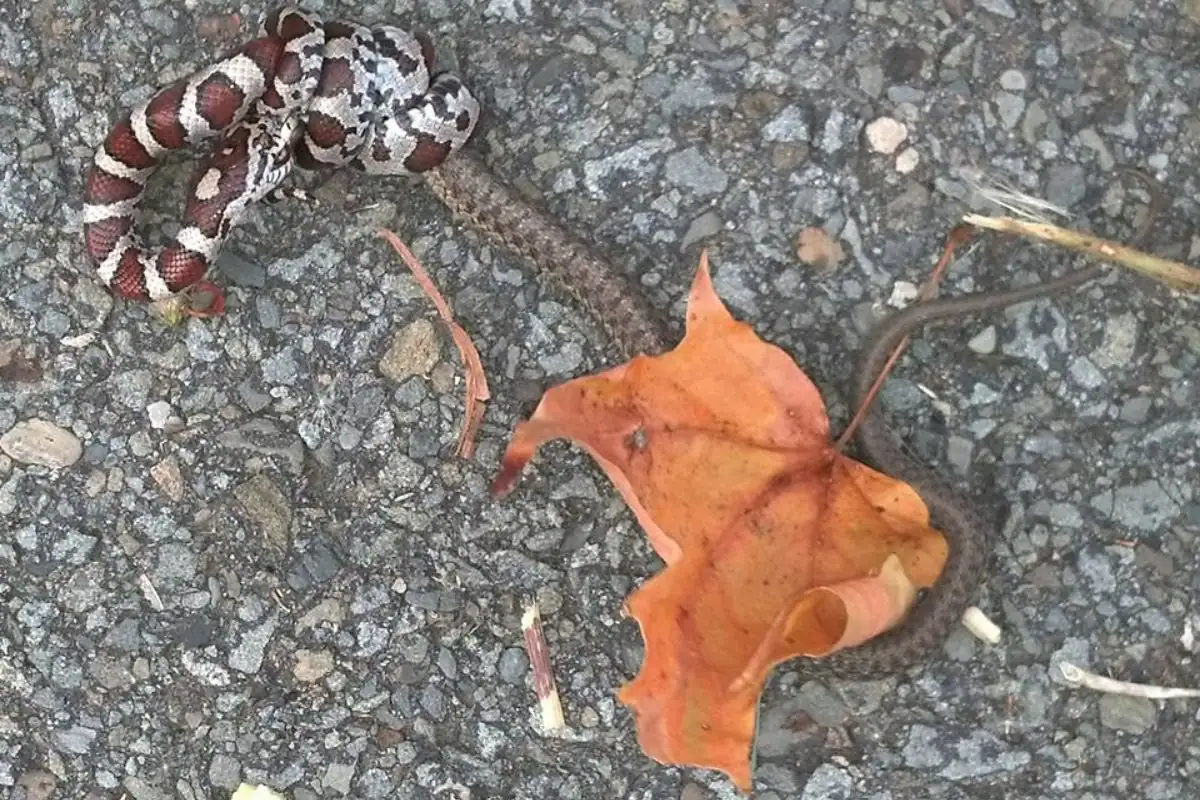
Advertisement
Appearance
Kingsnakes come in a variety of colors and patterns. Their designs can include bands, rings, stripes, speckles, or saddle-shaped bands. Colors range from pale brown and black to red, yellow, white, and even lavender. The most common look is light-colored bands against a darker background. These patterns provide natural camouflage, helping kingsnakes avoid predators by blending into their surroundings.
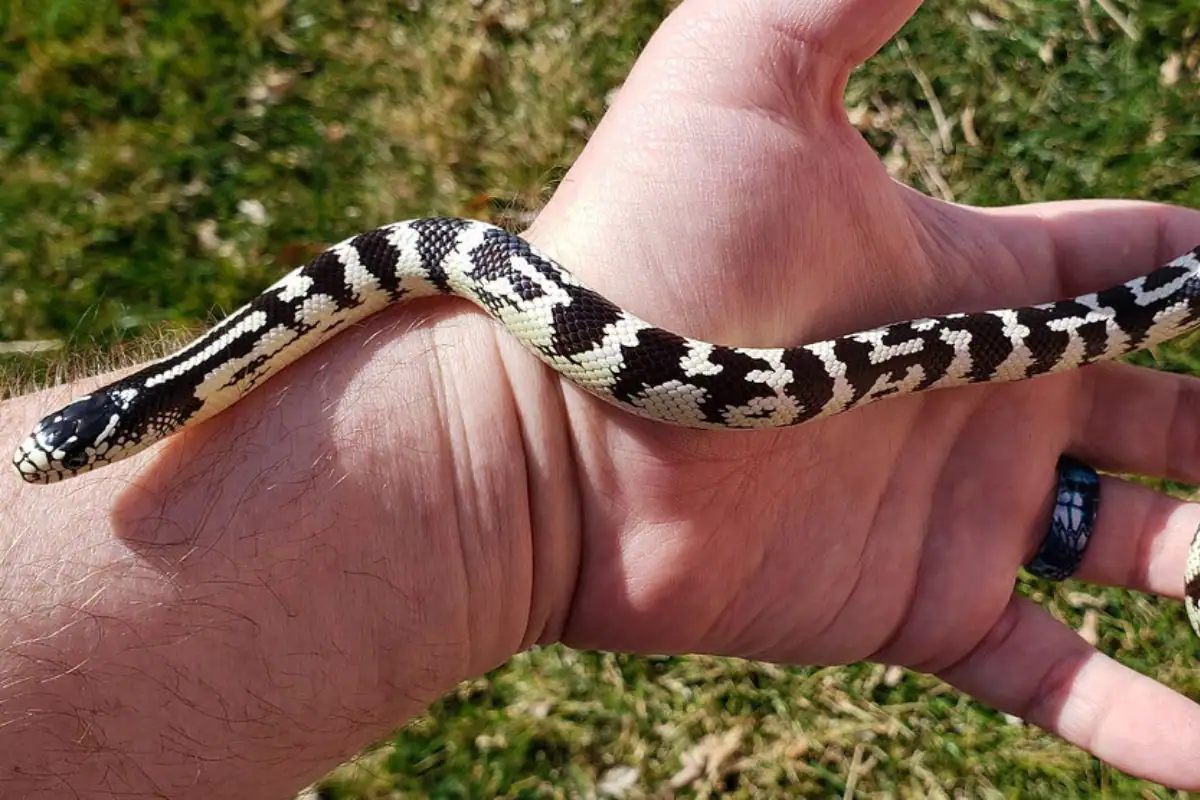
Advertisement
Coral Snake Look-Alike
Some kingsnakes have patterns that mimic the venomous coral snake, which can cause confusion. An old rhyme helps distinguish between them: “Red on yellow, kill a fellow; red on black, venom lack.” While this saying helps with identification in North America, it is not always accurate in the southern U.S. or outside North America. It’s always wise to treat any similar-looking snake with caution.
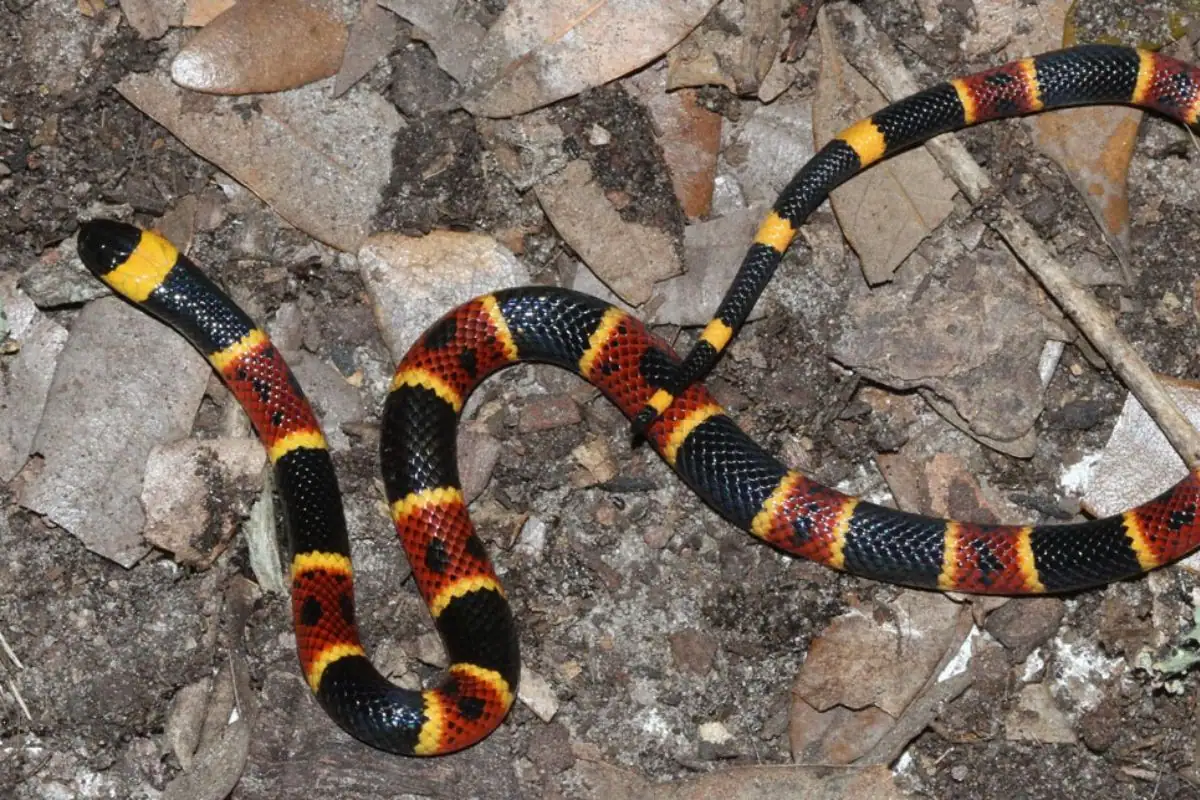
Advertisement
Milksnake Myth
The milksnake, also known as the tricolored king, is a type of banded kingsnake. There is an old myth that milksnakes drink milk from cow udders, likely because they are often found in barns. However, milksnakes go to barns in search of mice, not milk. These snakes pose no threat to humans or livestock and are completely harmless.

Advertisement
Range
Kingsnakes have one of the widest ranges among land snakes, stretching from southeastern Canada to southern Ecuador. They are incredibly adaptable and can thrive in various environments such as river valleys, wetlands, deserts, wooded hillsides, fields, and rocky crevices. Kingsnakes hibernate during the winter unless they live in areas with consistently warm climates.

Advertisement
Prey and Hunting
Kingsnakes are not picky eaters and will consume nearly anything they can catch, including lizards, rodents, birds, small turtles, frogs, eggs, and even other snakes. They kill their prey using constriction and have powerful stomach acids to digest their meals. Kingsnakes may be active during the day or night, depending on the temperature. They are most active during dusk and dawn, hunting by scent and quickly coiling around prey within seconds. A single large meal can last them for days.

Advertisement
Self Defense
While kingsnakes do not have venom, they have several defense mechanisms to protect themselves from predators like birds, raccoons, and badgers. Their defense tactics include:
- Hissing to appear more threatening
- Vibrating their tails in dry leaves to mimic a rattlesnake
- Curling into a ball
- Striking to bite, although non-venomous
- Releasing a foul-smelling musk
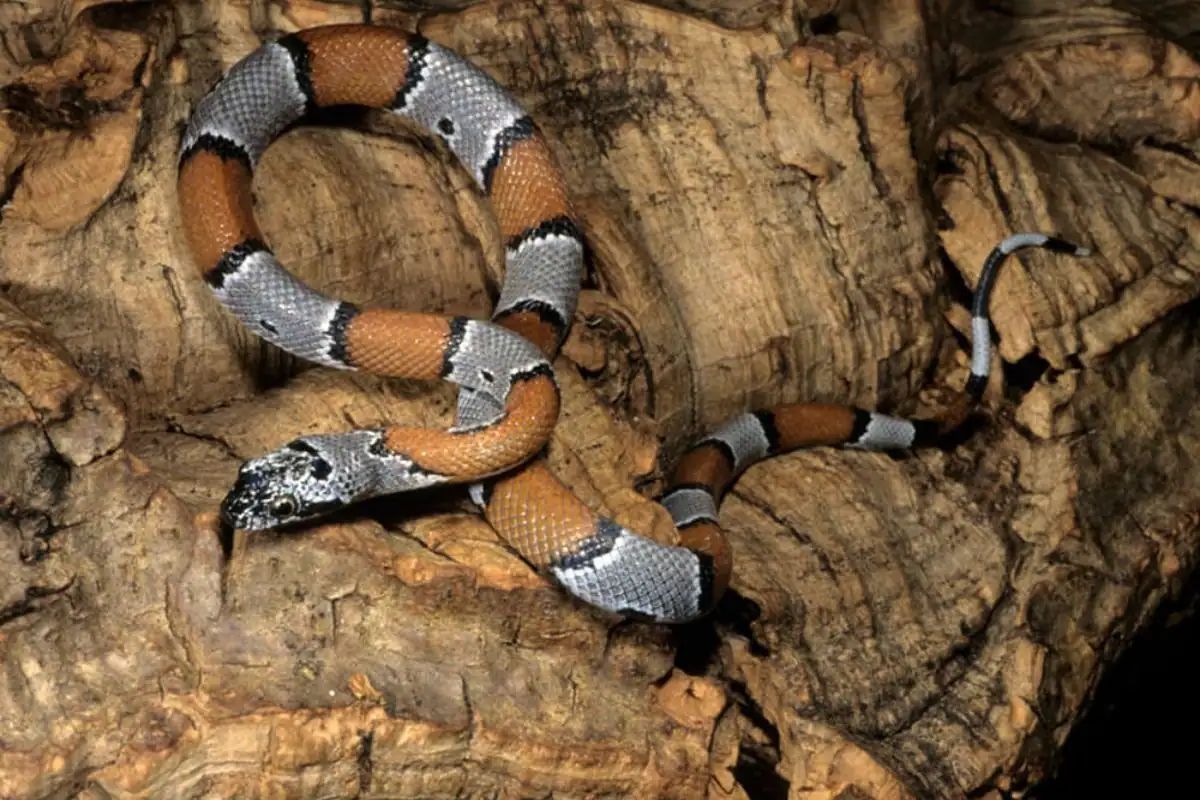
Advertisement
Life Cycle
Kingsnakes mate in early or late spring, often after males engage in combat. Females lay their eggs in early summer, placing them under leaves, old burrows, or decaying logs. Each clutch contains 4-20 eggs, which hatch within 12 weeks. Hatchlings are typically 8 to 13 inches long. Kingsnakes reach sexual maturity around their third or fourth year and can live up to 20 years.

Advertisement
Strength
Studies have shown that kingsnakes are the strongest constrictors relative to their size. They can overpower snakes larger than themselves by exerting immense pressure during constriction—up to 180 mm Hg. Unlike the common belief that constrictors suffocate their prey, kingsnakes apply enough force to stop their prey’s heart, allowing them to subdue their catch swiftly.

Advertisement
Collecting Concerns
Kingsnakes are highly sought after as pets due to their manageable size and adaptability. Unfortunately, this popularity has led to declining populations in some species, such as the critically endangered Todos Santos Island kingsnake. Human collection has significantly impacted these populations more than natural predators. Although harvesting most kingsnake species for the pet trade is illegal in the U.S., it hasn’t stopped some collectors from seeking them out.
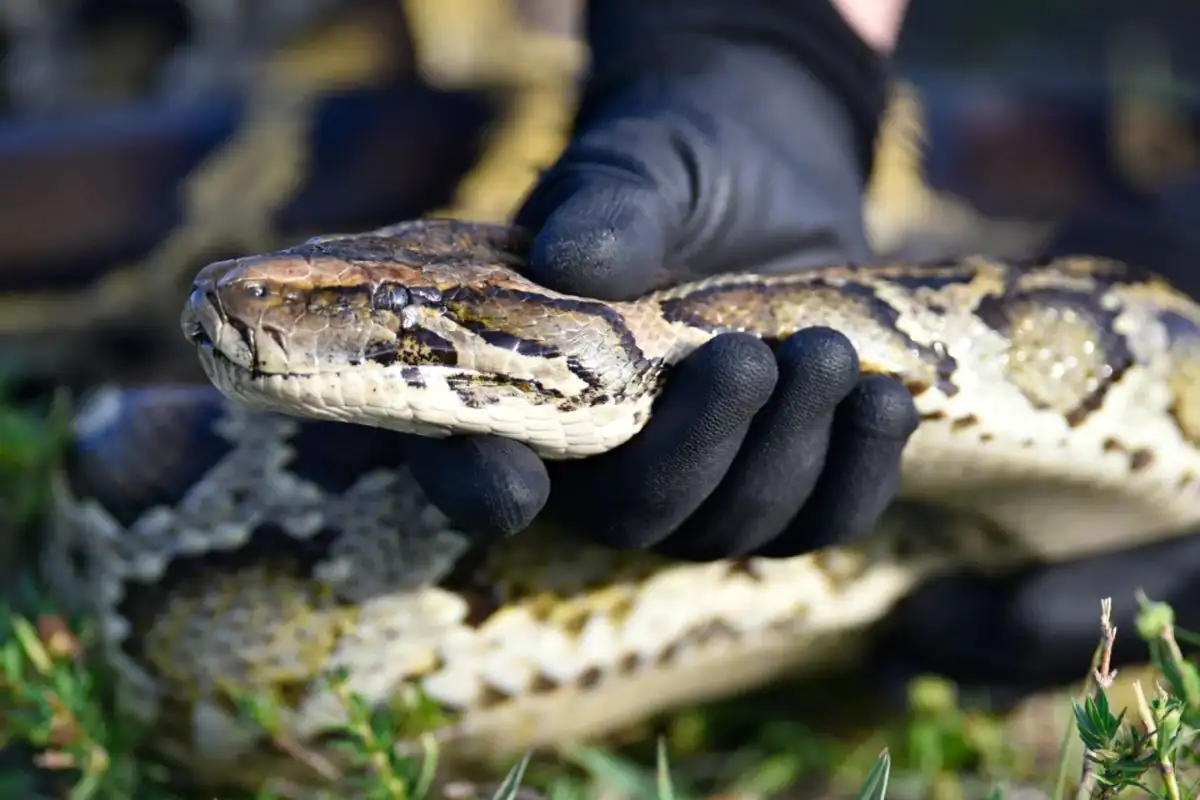
.png)




